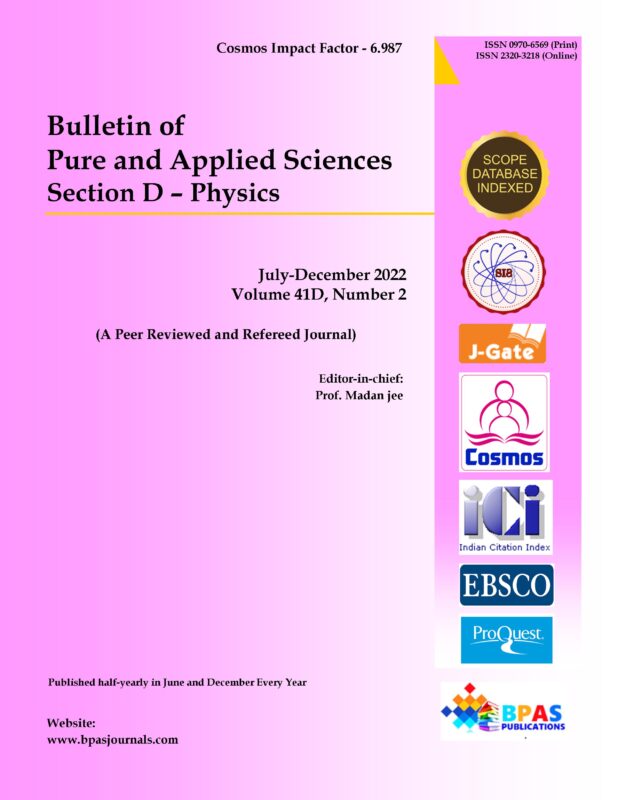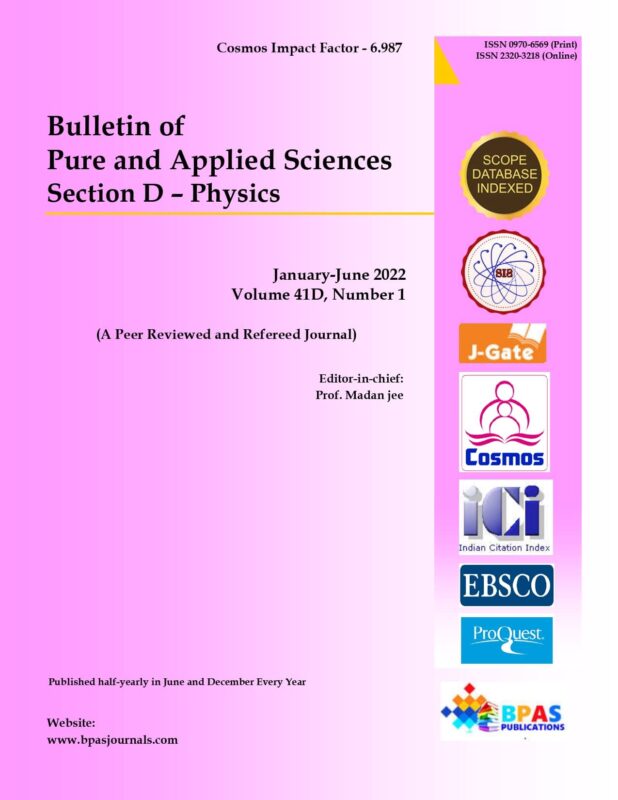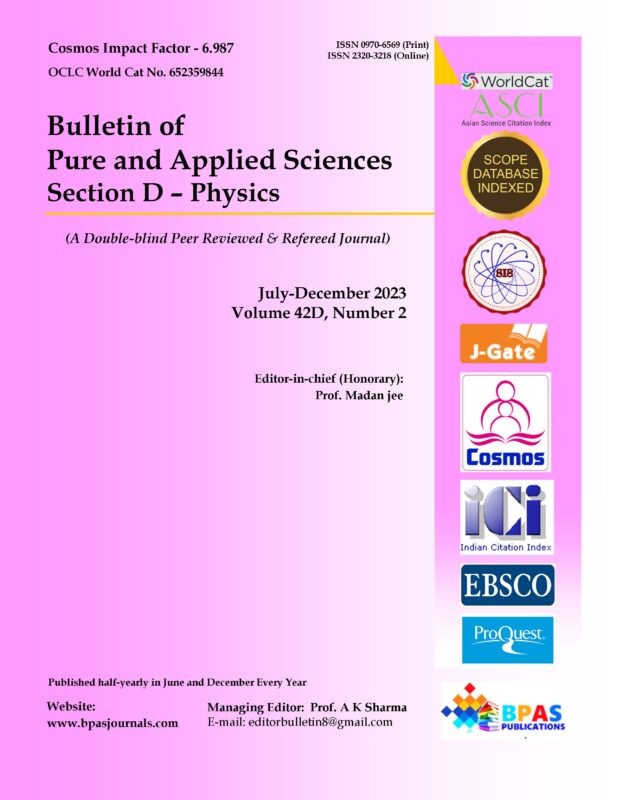How Violation of Newton’s Third Law Can Pave Way to New Space Propulsion Mechanism via Optical Diametric Drive Experiment
9.38$
1Victor Christianto*, 2Florentin Smarandache
Bulletin of Pure and Applied Science
Physics, Vol.41D No.2,
July-December 2022 P.41-44
DOI: 10.5958/2320-3218.2022.00008.2
Original Research Article
Description
How Violation of Newton’s Third Law Can Pave Way to New Space Propulsion Mechanism via Optical Diametric Drive Experiment
1Victor Christianto*, 2Florentin Smarandache
Author’s Affiliations:
1Malang Institute of Agriculture, Indonesia. Halton Arp Institute, affiliated to International Mariinskaya Academy, St. Petersburg
2Dept. Mathematics & Sciences, University of New Mexico, Gallup, USA.
*Corresponding author:
Victor Christianto
Malang Institute of Agriculture, Indonesia. Halton Arp Institute, affiliated to International Mariinskaya Academy, St. Petersburg
E-mail: victorchristianto@gmail.com
How to cite this article: Christianto V., Smarandache F. (2022). How Violation of Newton’s Third Law Can Pave Way to New Space Propulsion Mechanism via Optical Diametric Drive Experiment. Bulletin of Pure and Applied Sciences- Physics, 41D (2), 41-44.
Received on 21.03.2022
Revised on 29.08.2022
Accepted on 29.10.2022
Published on 15.12.2022
| In our initial paper discussing plausible steps toward workable warp drive machines. The following article express our view on this debate. While there are still objections toward existing warp drive proposals, such as by G. Landis, Harold White etc., because they are all based on GTR, nonetheless we think it is possible by starting to see if it is possible to deviate from Newton’s third law. And we discuss possible a propulsion method based on negative masses, and discuss how optical diameter drive can be first step for realistic lab-scale version of negative mass propulsion. Keywords: Negative Mass Propulsion, Negative Mass Particle, Phonon Roton Superfluidity, Lab-Scale Warp Drive Experiment, Optical Diameter Drive Experiment. |




